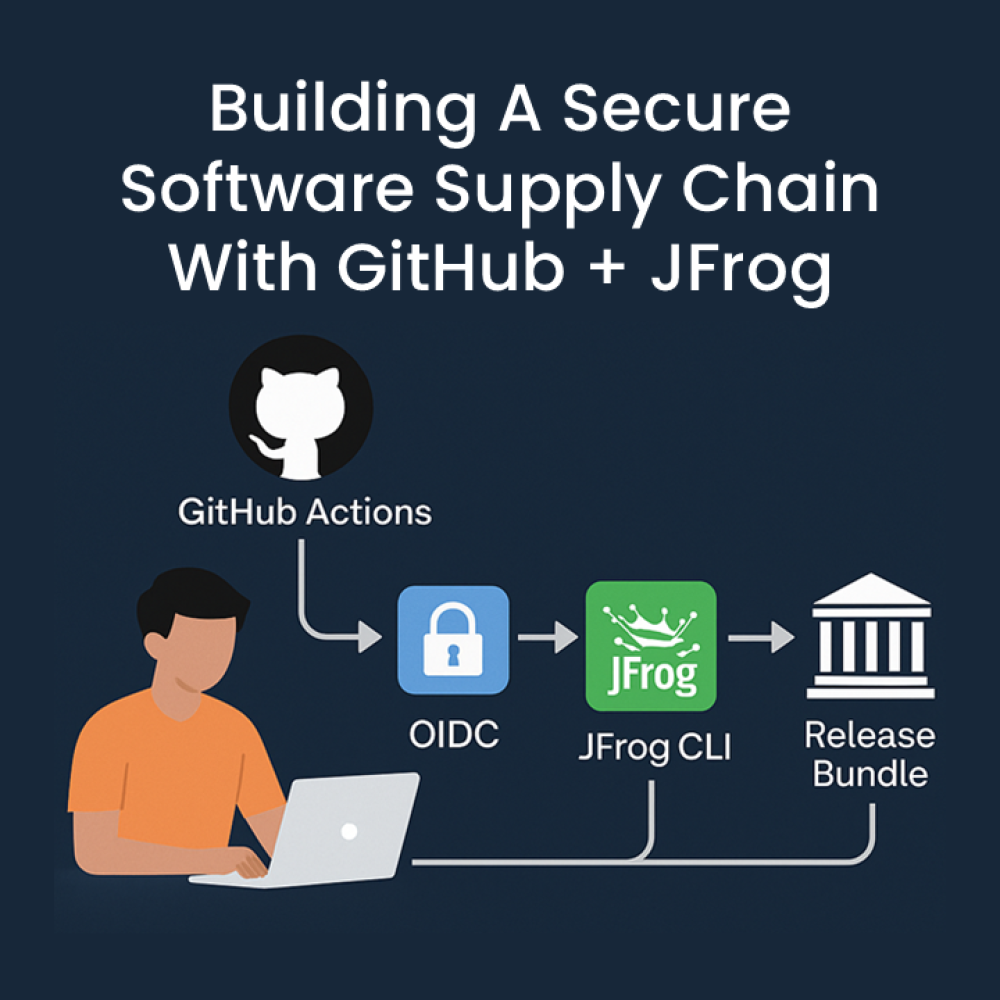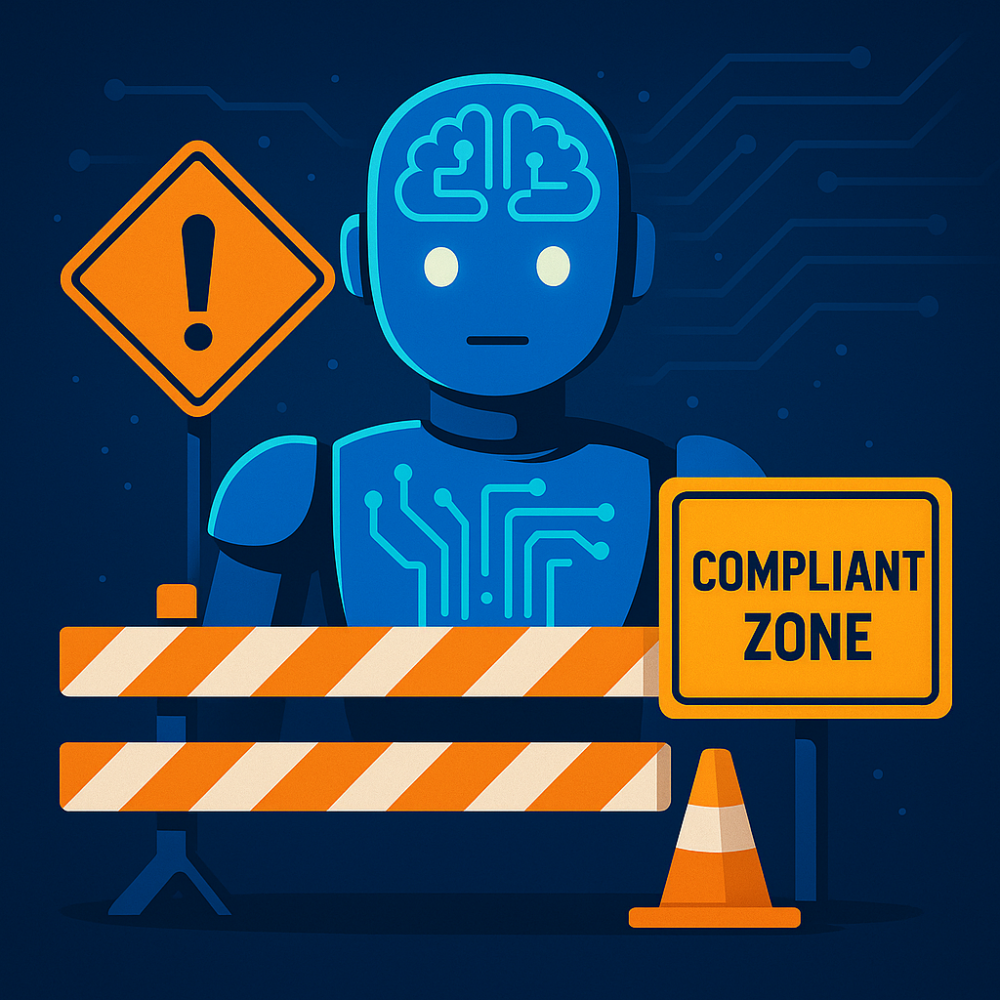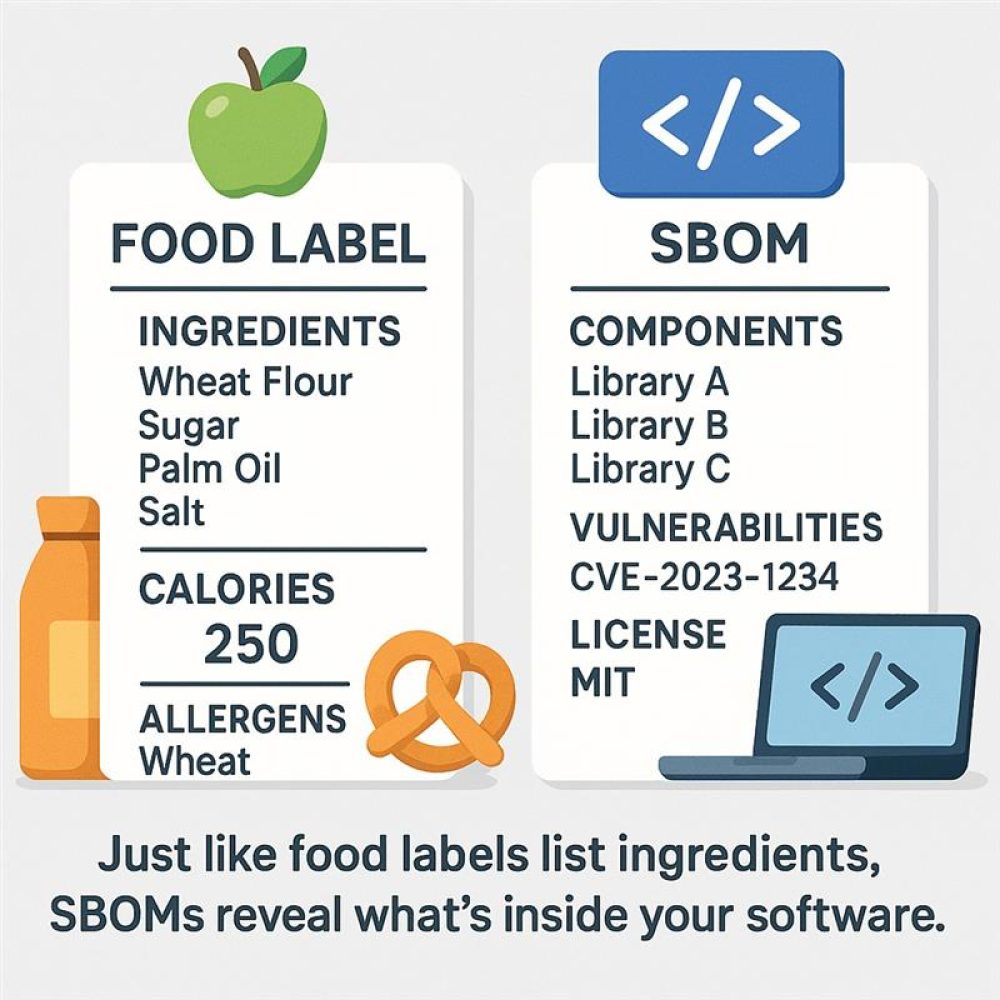Everyday, approximately 450,000 new malware programs are found by IT security institutes. The rise in cyber threats highlights the evergrowing need for robust cybersecurity measures to protect digital applications and information. This is where threat modeling comes into play, integrating with the automation traits of DevSecOps to address potential weaknesses. By taking a proactive approach to mitigate security weaknesses organisations can avoid costly fixes and breaches down the line.
Below we explore what threat modeling is, the benefits threat modeling has for DevSecOps, a quick overview of how to implement threat modeling and the challenges it faces.

What is Threat Modeling?
The threat model provides a comprehensive overview of potential threats that could occur. Generally, the threat model is implemented at the start of the Software Development Life Cycle (SDLC), during the planning phase. To minimise cybersecurity risks and identify vulnerabilities, the threat model must be maintained and updated continuously along with the system.
Threat modeling is crucial in shift-left security as it identifies potential vulnerabilities early in the development cycle. This proactive approach enables teams to address security issues before they become costly and complex to fix, enhancing overall software quality and reducing risks throughout the development process.
Some common threat modeling frameworks include:
- MITRE ATT&CK Framework: Divides the cyber attack life cycle by tactics, providing an overview of the range of threats and identifying potential vulnerabilities.
- OWASP Top 10: An awareness document for developers and web application security, focusing on common vulnerabilities in web applications.
- STRIDE: A Microsoft framework that focuses on the impact of cyber threats, such as data leakage, spoofing, tampering, and denial of service.
- NIST: The National Institute of Standards and Technology provides guidelines and frameworks for improving cybersecurity through a threat modeling methodology.
The Importance of Threat Modeling
DevSecOps is a practice that integrates security into every phase of software development and operations process, ensuring security is embedded throughout the SDLC. Threat modeling is a core component of this methodology, as it provides a structured approach to identifying threats early in the development lifecycle. Other key aspects on why threat modeling is important in DevSecOps include:
- Early Integration of Security: Identifying threats early in the SDLC and embedding security measures from the outset helps organisations save money and reduce costs associated with addressing security issues later in the process. This proactive approach ensures that potential vulnerabilities are mitigated before they can be exploited.
- Automation and Monitoring: By incorporating threat models into the CI/CD pipeline, organisations can ensure that security updates are consistently applied and regulated. This integration facilitates continuous monitoring and automation, reinforcing the overall security of applications and systems.
- Enhanced Risk Management: Threat modeling involves categorising potential threats based on their impact and likelihood. This structured assessment enhances risk management by raising awareness of possible vulnerabilities and prioritising the most critical vulnerabilities first.
The Benefits of Threat Modeling in DevSecOps:
- Scalability: Integrates with development and security testing tools, providing real-time feedback. This ensures security measures scale with the development process, accommodating growth without compromising security.
- Compliance with Security Standards: Facilitates adherence to best practices and regulatory requirements, reducing the risk of legal and financial issues by maintaining compliance with industry standards.
- Improved Collaboration: Encourages collaboration among development, security, and operations teams. By working together to identify and assess threats, these teams can ensure that security is integrated throughout the SDLC.
How To Implement Threat Modeling
- Identify Scope: Clearly outline the scope of the threat model, focusing on critical assets such as the website, data, and users. This helps define the boundaries and key areas for analysis.
- Create a Data Flow Diagram (DFD): Visualise the system’s components and data flow. This diagram helps identify potential vulnerabilities by breaking down the system into manageable parts.
- Identify Threats: Use frameworks like MIST and OWASP to map out potential vulnerabilities within the system. This systematic approach ensures comprehensive threat identification.
- Evaluate Threats: Analyse the likelihood and impact of each identified threat. This evaluation helps determine the potential risk each threat poses to the system.
- Assess Threats: Prioritise and rank threats based on risk assessments. This step focuses on addressing the most critical threats first, ensuring efficient allocation of resources for mitigation.
- Develop Mitigation Strategies: Create and implement strategies to address and mitigate prioritised threats.
Challenges and Considerations of Threat Modeling:
- Security Knowledge Gap: A lack of awareness and understanding of security best practices can complicate the development process, making it challenging to implement effective security measures. This knowledge gap can lead to poorly executed security protocols, potentially exacerbating vulnerabilities.
- Complex Tool Integrations: Integrating various security tools with existing DevOps tools can be difficult. Reconciling results from different tools can also be challenging for developers, leading to potential oversight of critical security issues.
- Rapid Industry Evolution: The fast-paced nature of the industry means tools and software can quickly become outdated, posing a challenge to keeping up with the dynamic demands of DevOps. This can lead to using obsolete tools that fail to address current security threats effectively.
Summary
Incorporating threat modeling into DevSecOps is crucial for modern software development as it provides a proactive strategy to identify and mitigate cyber threats. By embedding security from the start, organisations can enhance their risk management, improve efficiency, and ensure compliance with regulatory compliance. As cyber threats continue to evolve, threat modeling will become a necessity for development teams rather than an advantage, ensuring robust protection and resilience against emerging security challenges.
As one of the few certified Australian companies specialising in DevOps with GitHub, we are uniquely positioned to address your DevOps needs. Contact one of our DevSecOps experts to see how we can drive business success for your organisation.


